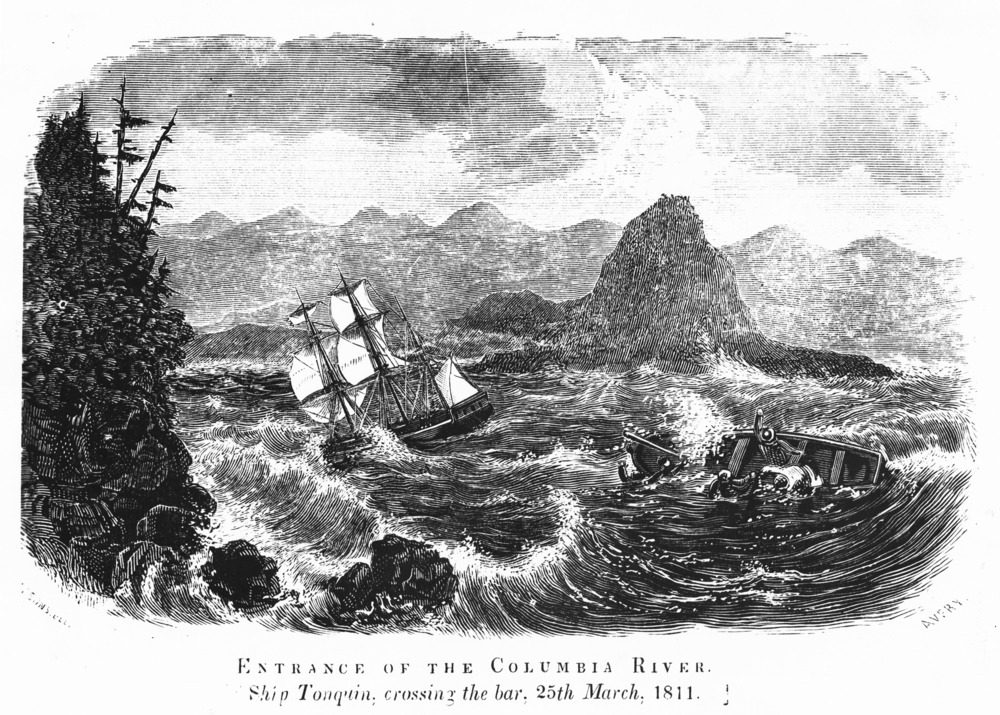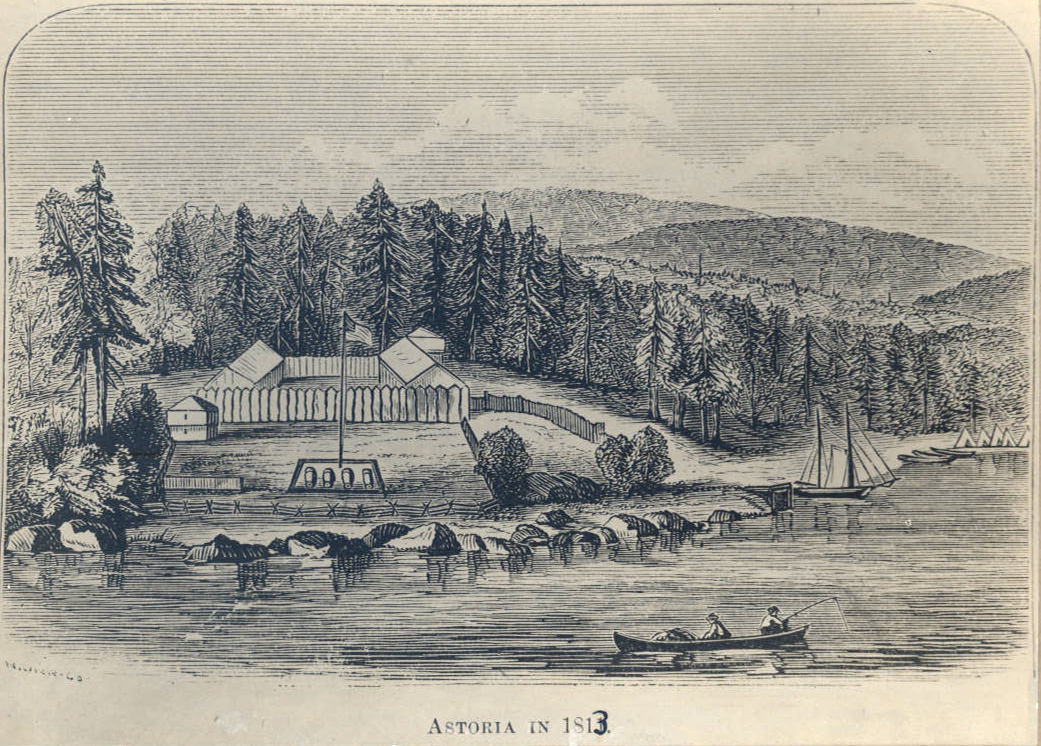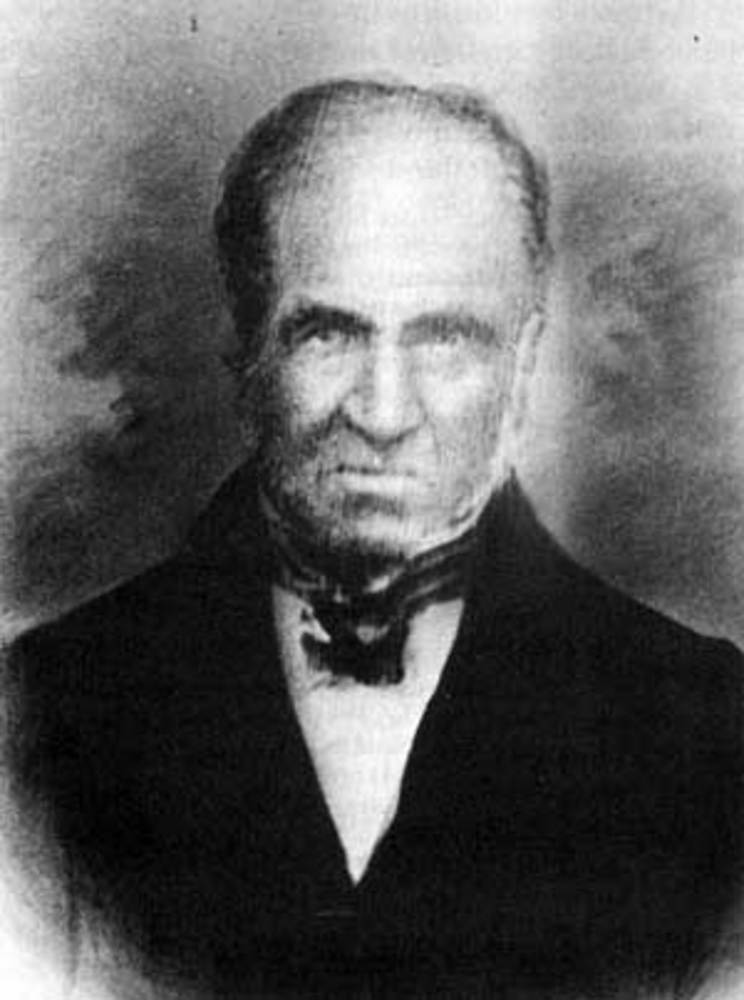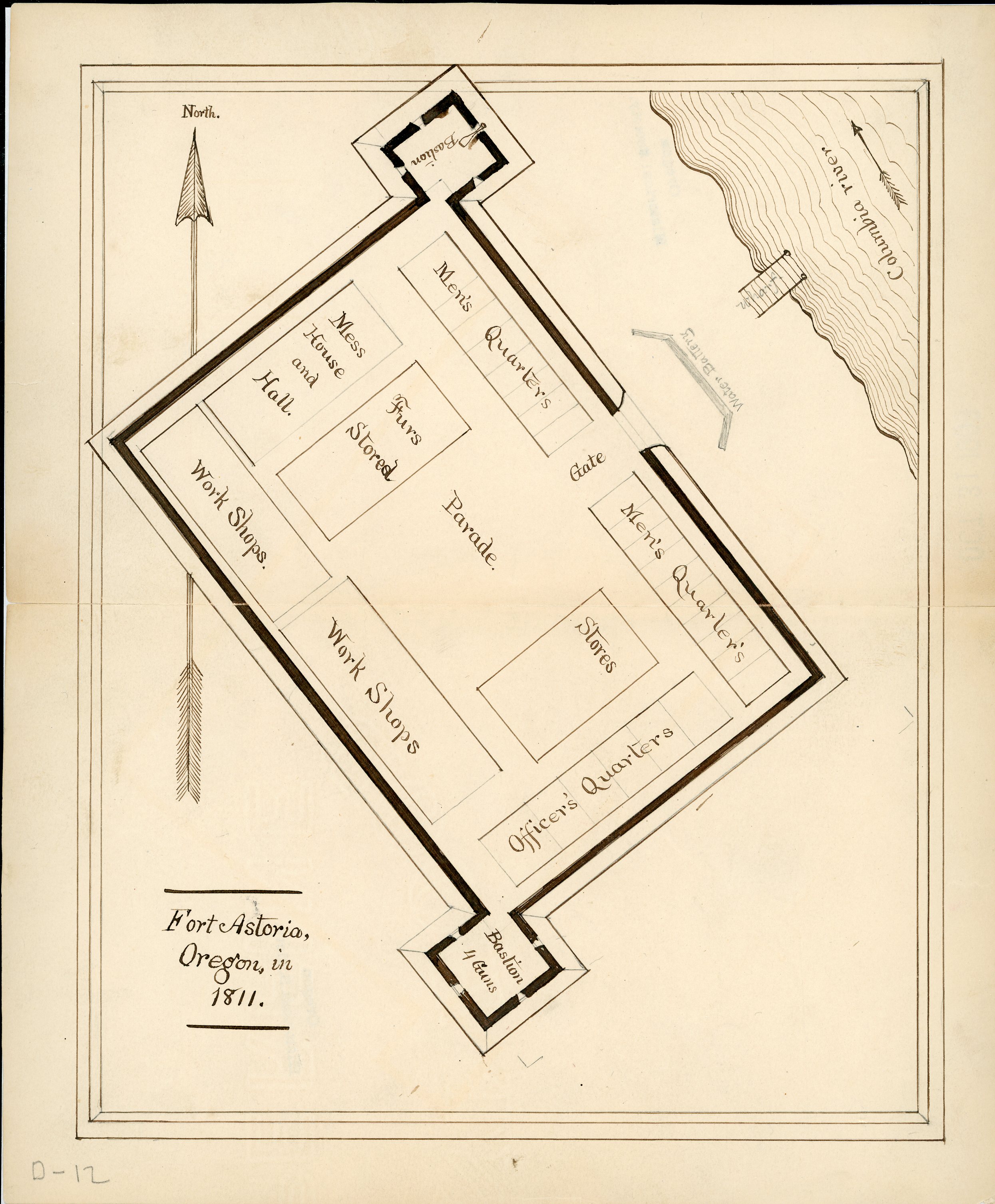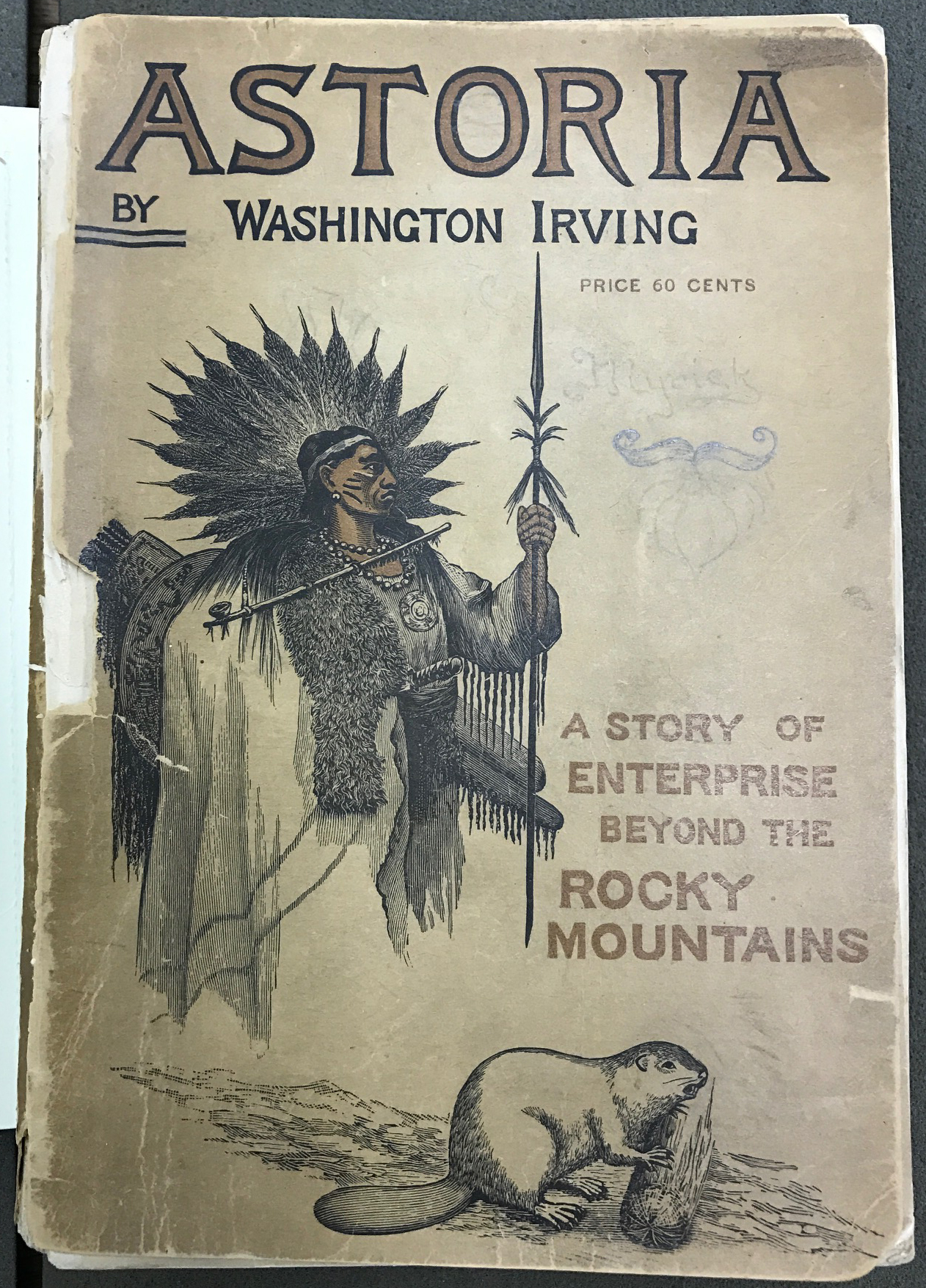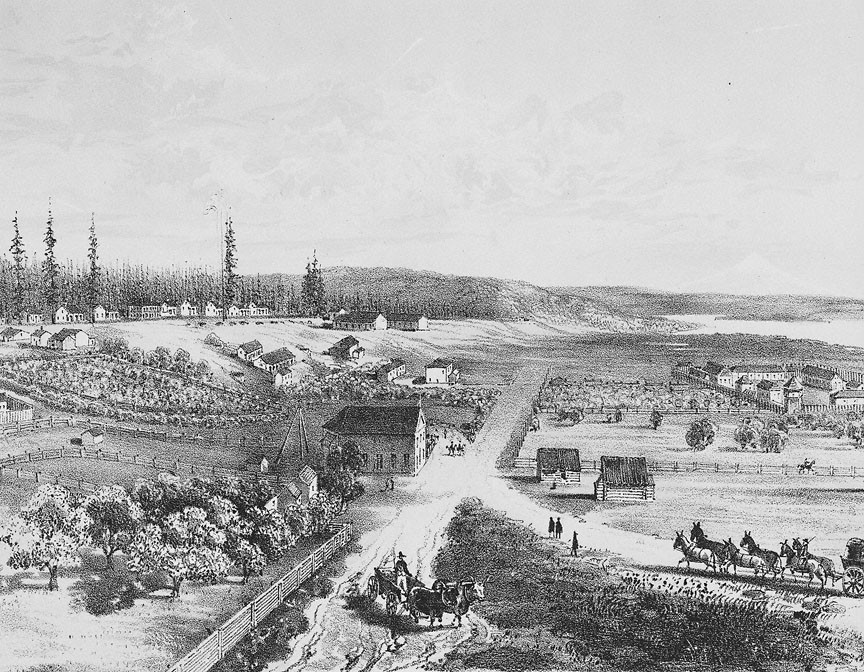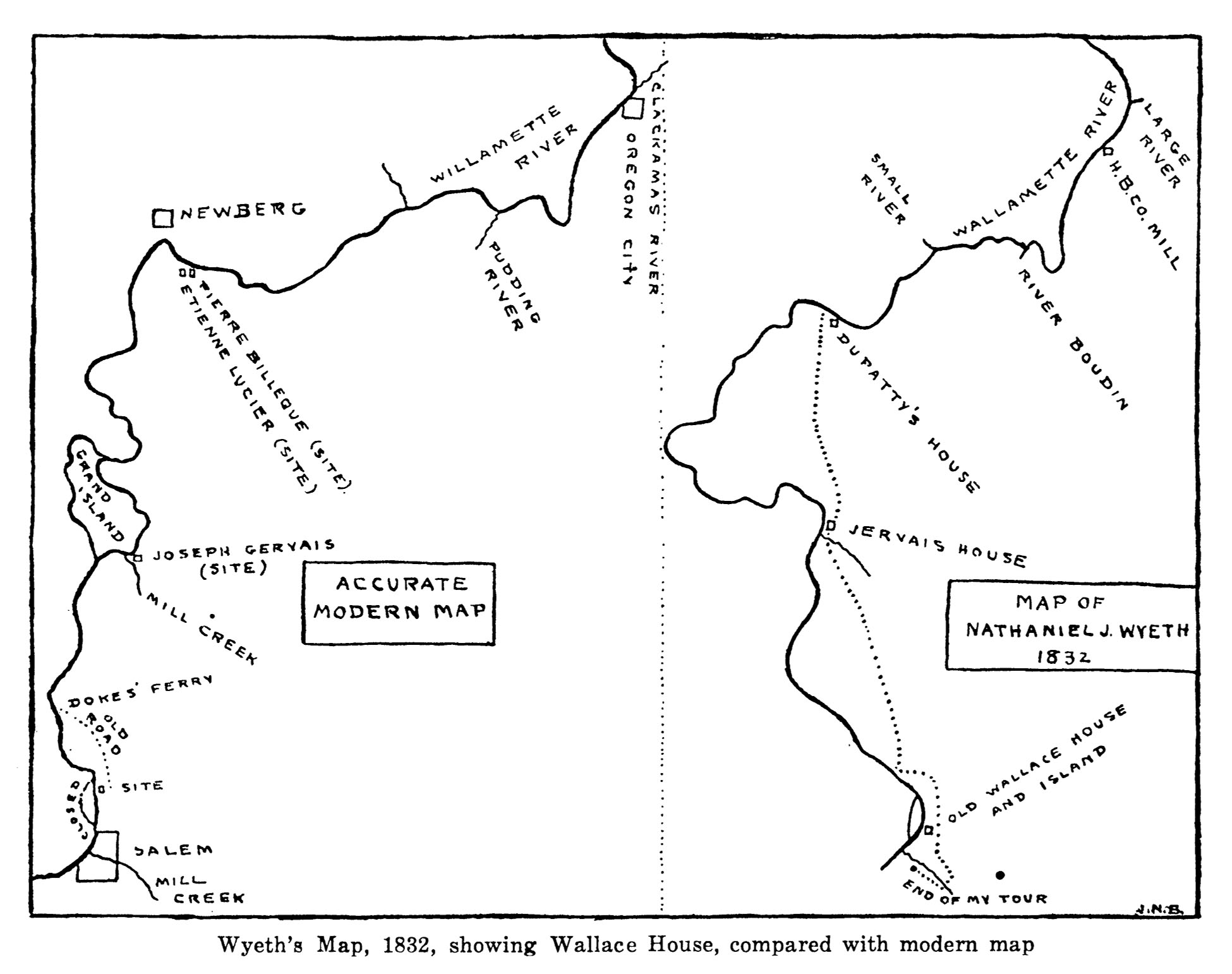The Pacific Fur Company, employee Alexander Ross wrote in 1849, was “an association which promised so much, and accomplished so little.” Historians have since agreed with Ross, pointing out that the company never lived up to the ambitions set for it by its owner, John Jacob Astor.
A New York-based entrepreneur with ties to Montreal traders since 1787, Astor envisioned an enterprise that would control the trade, from trapping animals in North America to marketing furs in China. He planned a string of fur forts across the continent and incorporated the American Fur Company in 1808 to pursue his objective; but he failed to gain governmental support. Partners in the Montreal-based North West Company saw opportunity, however, and approached Astor to form a partnership in February 1810. Astor responded by creating the Pacific Fur Company in March and enlisting a group of experienced men as additional partners: three veteran North West Company men—Alexander McKay, Donald McKenzie, and Duncan McDougall—and four Americans—Wilson Price Hunt, Ramsay Crooks, Robert McClellan, and Joseph Miller.
Astor organized two expeditions to establish Fort Astoria at the mouth of the Columbia River, one by sea, a second by land. Wilson Price Hunt led the overland group west from St. Louis in October 1810, but his experience as a businessman did not prepare him to lead an expedition, and his foibles delayed their arrival in Astoria until February 1812. Capt. Jonathan Thorn sailed the Tonquin from New York in September 1810, with McKay, McDougall, and Robert Stuart aboard, arriving in Hawai’i in February 1811. Thorn and Pacific Fur Company partners hired twelve Hawai’ian natives as laborers before sailing away on March 1. They made the Columbia River on March 22. After a rough bar crossing, the Tonquin anchored in the Columbia’s estuary. Under the partners’ direction, the crew and the Hawai’ians built Fort Astoria over several months. While the events on the Columbia unfolded, Astor pursued another leg in his Pacific Fur Company plan by negotiating a trade relationship with Russia in May 1812, which gave the company rights to transport and sell Russian furs from Sitka to China.
Astor’s timing could not have been worse. Just months after the completion of Fort Astoria and the establishment of fur outposts in the Pacific Northwest—Fort Okanogan (1811) at the confluence of the Okanogan and Columbia Rivers; Shewaps Post (1812) in present-day Kamloops, British Columbia; Clearwater Post (1812), east of present-day Lewiston, Idaho; and Wallace House (1812), just north of Salem, Oregon—the United States and Great Britain went to war.
News of the War of 1812 reached Fort Astoria in January 1813, when company partner Donald McKenzie arrived from interior posts where North West Company men had passed on copies of the declarations of war. “When we learned this news,” merchant apprentice Gabriel Franchère recounted, “all of us at Astoria who were British subjects and Canadians wished ourselves in Canada . . . we were separated from our country by an immense space, and the difficulties of the journey at this season were insuperable: besides, Mr. Astor’s interests had to be consulted first.”
Faced with uncertain support from Astor, the partners at Fort Astoria decided to dissolve the enterprise in June 1814, after selling the Pacific Fur Company assets in goods and equipment to the North West Company in October 1813. Pacific Fur Company employees had the choice of working for the new owners. American employees and some Canadians left, while Scottish employees stayed on with the North West Company. By 1821, the new company and its operations in the Pacific Northwest had been absorbed into the Columbia Department of the Hudson’s Bay Company.
-
![Engraving of Tonquin crossing Columbia River bar, March 25 1811.]()
Tonquin crossing Columbia Bar, 1811, ba006960.
Engraving of Tonquin crossing Columbia River bar, March 25 1811. Oreg. Hist. Soc. Research Libr., ba006960
-
![Earliest known illustration of Fort Astoria, by Gabriel Franchere, employed by Astor,]()
Fort Astoria, 1813.
Earliest known illustration of Fort Astoria, by Gabriel Franchere, employed by Astor, Courtesy Oreg. Hist. Soc. Research Library, OrHi51
-
![]()
Alexander Ross.
Archives of Manitoba, Ross, Alexander 4 (N21467)
-
![]()
John Jacob Astor.
Courtesy Oregon Hist. Soc. Research Lib., orhi54
Related Entries
-
![Alexander Ross (1782-1856)]()
Alexander Ross (1782-1856)
Born in the Scottish Highlands, schoolteacher Alexander Ross immigrated…
-
![Astor Expedition (1810-1813)]()
Astor Expedition (1810-1813)
The Astor Expedition was a grand, two-pronged mission, involving scores…
-
Astoria (book, 1836)
Although Washington Irving (1783-1859) never traveled to Oregon Country…
-
![Hudson's Bay Company]()
Hudson's Bay Company
Although a late arrival to the Oregon Country fur trade, for nearly two…
-
![John Jacob Astor (1763-1848)]()
John Jacob Astor (1763-1848)
John Jacob Astor never visited Oregon or the Pacific Northwest, but his…
-
![Tonquin (ship)]()
Tonquin (ship)
The Tonquin, built in 1807, was described by Edmund Fanning, its builde…
-
![Wallace House (trading post)]()
Wallace House (trading post)
Wallace House, built in 1812 north of the Kalapuya village of Chemeketa…
-
![Wilson Price Hunt (1783-1842)]()
Wilson Price Hunt (1783-1842)
In 1809, John Jacob Astor selected Wilson Price Hunt to be his St. Loui…
Related Historical Records
Map This on the Oregon History WayFinder
The Oregon History Wayfinder is an interactive map that identifies significant places, people, and events in Oregon history.
Further Reading
Ross, Alexander. Fur Hunters of the Far West, v. I. London: Smith, Elder, and Co., 1855.
Jones, Robert F., ed., Astorian Adventure: The Journal of Alfred Seton, 1811-1815. New York: Fordham Univ. Press, 1993.
Franchere, Gabriel. A Voyage to the Northwest Coast of America. New York: Citadel Press, 1968.
Mackie, Richard Somerset. Trading Beyond the Mountains: The British fur Trade on the Pacific, 1793-1843 Vancouver: UBC Press, 1997.



